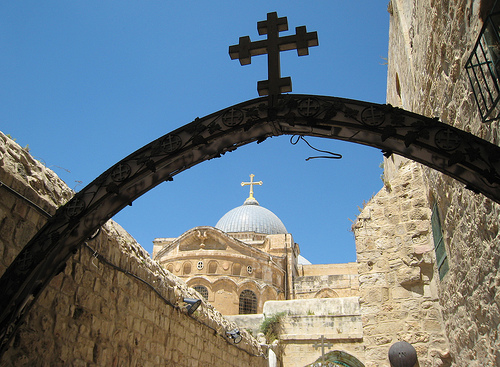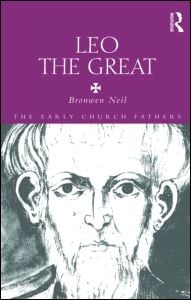As I have noted before, we have seen a slew of recent books on Eastern Christianity in the Middle East, including:
Anthony O’Mahony and Emma Loosley, eds., Eastern Christianity in the Modern Middle East (London: Routledge, 2010), xiii+184pp.
Emma Loosley says that this book seeks to offer “both specialists and general readers some degree of understanding into the daily realities of…Oriental Christians…from the Eastern Mediterranean to the borders of Afghanistan and Pakistan” (1). Her introductory chapter very briefly attempts an overview of Eastern Christianity in all its forms.
We have two chapters on the Syrian/Syriac churches, both Catholic and Orthodox, both in the Middle East and in India (including the Malankara Orthodox, whose synod we see assembled above in what is indisputably the most fantastic collection of cassocks ever amassed in one room). The well-known Oxford scholar Sebastian Brock has a chapter “The Syrian Orthodox Church in the Modern Middle East.” Brock spends most of his time on the modern period—from the seventeenth century onwards. He details struggles, historical and current, of Syriac Christians, but ends on a hopeful note, observing that monasticism is on the rise in this Church, and communities in the West are flourishing.
Fionna McCallum’s article, “The Maronites in Lebanon” is helpful, sympathetic portrait of one of the few Eastern Christian communities to avoid the fate of being dhimmis. The Maronites were able to do this largely because of their political skills, including their alliances with France, leading one priest I know to observe sardonically that the operative Maronite soteriology is “salvation comes from the French.”
John Healey’s article on the Church of the East is a very brief overview of the history and current reality faced by that Church. Other recent book-length studies will be more useful to the specialist than this chapter. Surprisingly, Healey’s discussion (and the book’s bibliography) of the approval for intercommunion between the Church of the East and Chaldean Catholics overlook Robert Taft’s significant and characteristically rigorous scholarly contributions to that agreement.
O’Mahony’s “The Coptic Orthodox Church in Modern Egypt” is an excellent overview that avoids the simplistic portrait one sometimes finds. Especially useful is O’Mahony’s amassing of statistical data on the size and demographic changes in the Coptic population over the last three centuries especially. Obtaining current data, however, is extremely difficult because census-taking is so fraught with political considerations, and the data subject to gross political manipulation. So nobody conducts a census. Instead we are left with guesses that Copts range from 6% to 20% of the total population.
John Whooley’s “The Armenian Church in the Contemporary Middle East” is the longest and most detailed, but he needs the length to explain the very complicated ecclesiological structure of the Armenian Church which, as I have discussed elsewhere at length, is entirely unique in the world. Whooley does a very good job at tracing out the historical and political reasons for these multiple structures, and their strengths and weaknesses. He is also very forthright in acknowledging that nationalism is perhaps more potent in the Armenian Church than in any other. That has helped preserve the faith in a history so often written in blood and drenched with tears, but it has also, at times, turned the church into a surrogate state rather than the sacrament of salvation.
O’Mahony ends the book with a fascinating study of the Syrian Catholic Church, though it leaves several unanswered questions. E.g., he says the vocation of this church is to “bring Christianity and Hinduism together, particularly in terms of spirituality” (133) but does not specify what this might mean in practice or how it might be accomplished. He also overlooks the question of whether both Hindus and Christians are open to such a rapprochement, which seems doubtful given a number of reports over the last decade of violence between the two, including an especially alarming attack just last week. He ends by expressing his hope that “the Syriac Christian Orient cannot be regarded as just a curiosity, or as an optional extra on the fringe of the Greek and Latin West” (137) but will come to be taken more seriously as the “third lung” (as others have expressed it) of apostolic Christianity. Judging by the number of recent publications on Syriac Christianity, we have cause to hope that it is now finally getting its long overdue recognition.
In sum, this is an excellent collection, and Loosley and O'Mahony are to be congratulated for gathering together so many fine contributors and producing such a smoothly edited, lucid, and useful collection that very much deserves a place in courses on Eastern Christianity and Middle Eastern history and culture.




















